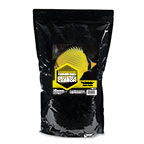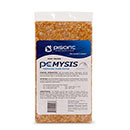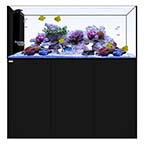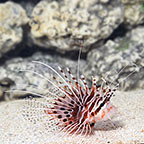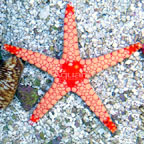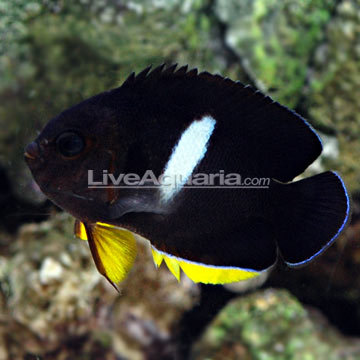
Additional locales and sizes may be available!
Additional locales and sizes may be available! Email me when availableQuick Stats
What do these Quick Stats mean? Click here for more information
What do these Quick Stats mean? Click here for more information
Overview
Provide a 70 gallon or larger tank for the Tibicen Angelfish. It should have large amounts of live rock for hiding and grazing. It may nip at stony and soft corals (sessile invertebrates) and clam mantles. It will also feed on filamentous algae and diatoms.
It is hermaphroditic, very difficult to breed in an aquarium, and has no distinguishable differences in color between male to female.
Its diet should also include Spirulina, marine algae, high-quality angelfish preparations, mysis or frozen shrimp, and other meaty items. Feed 2-3 times daily.
Approximate Purchase Size: Small: 1" to 2-1/4"; Medium: 2-1/4" to 3-1/2"; Large: 3-1/2" to 5"; XLarge: 5" and Larger




